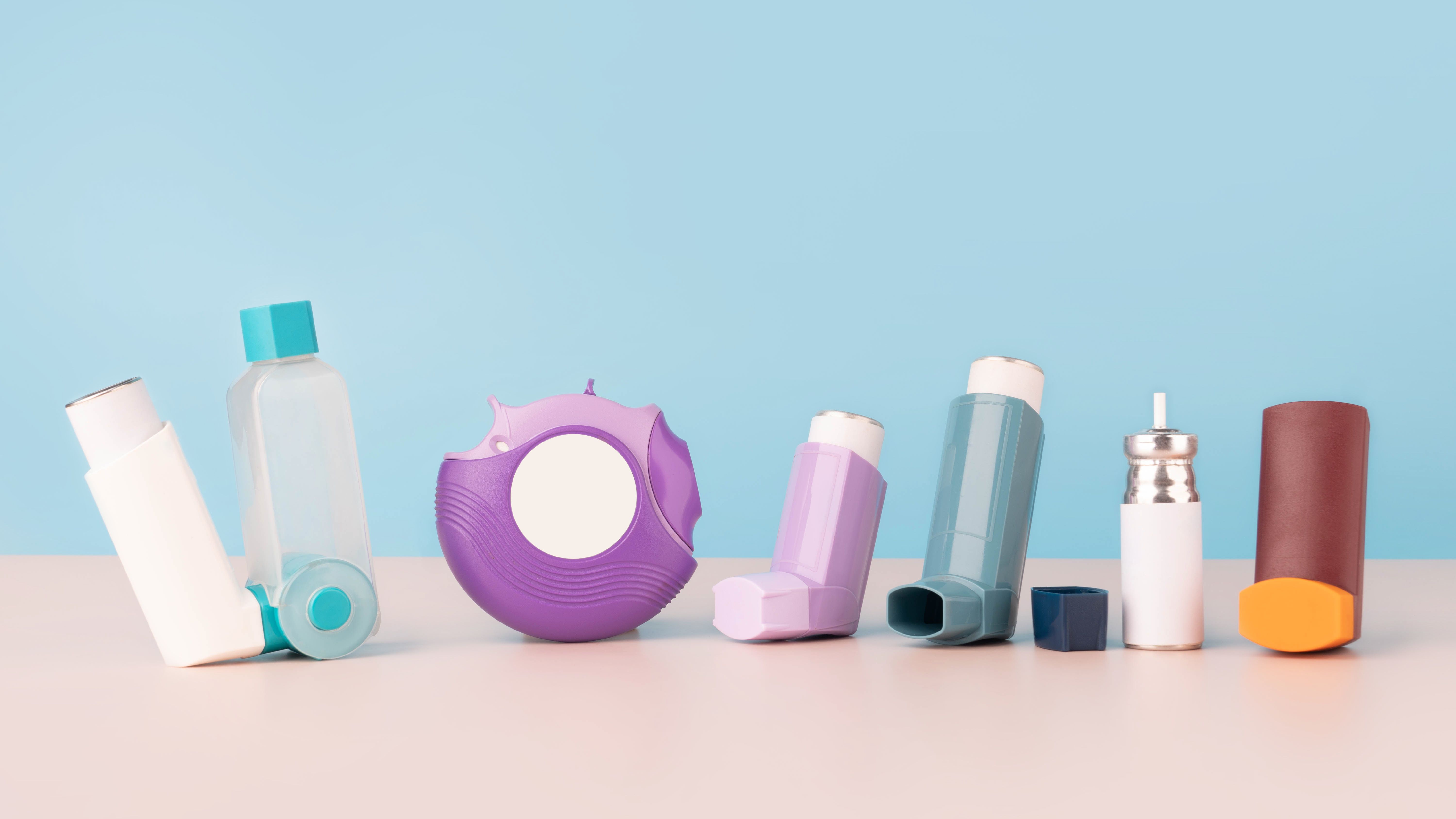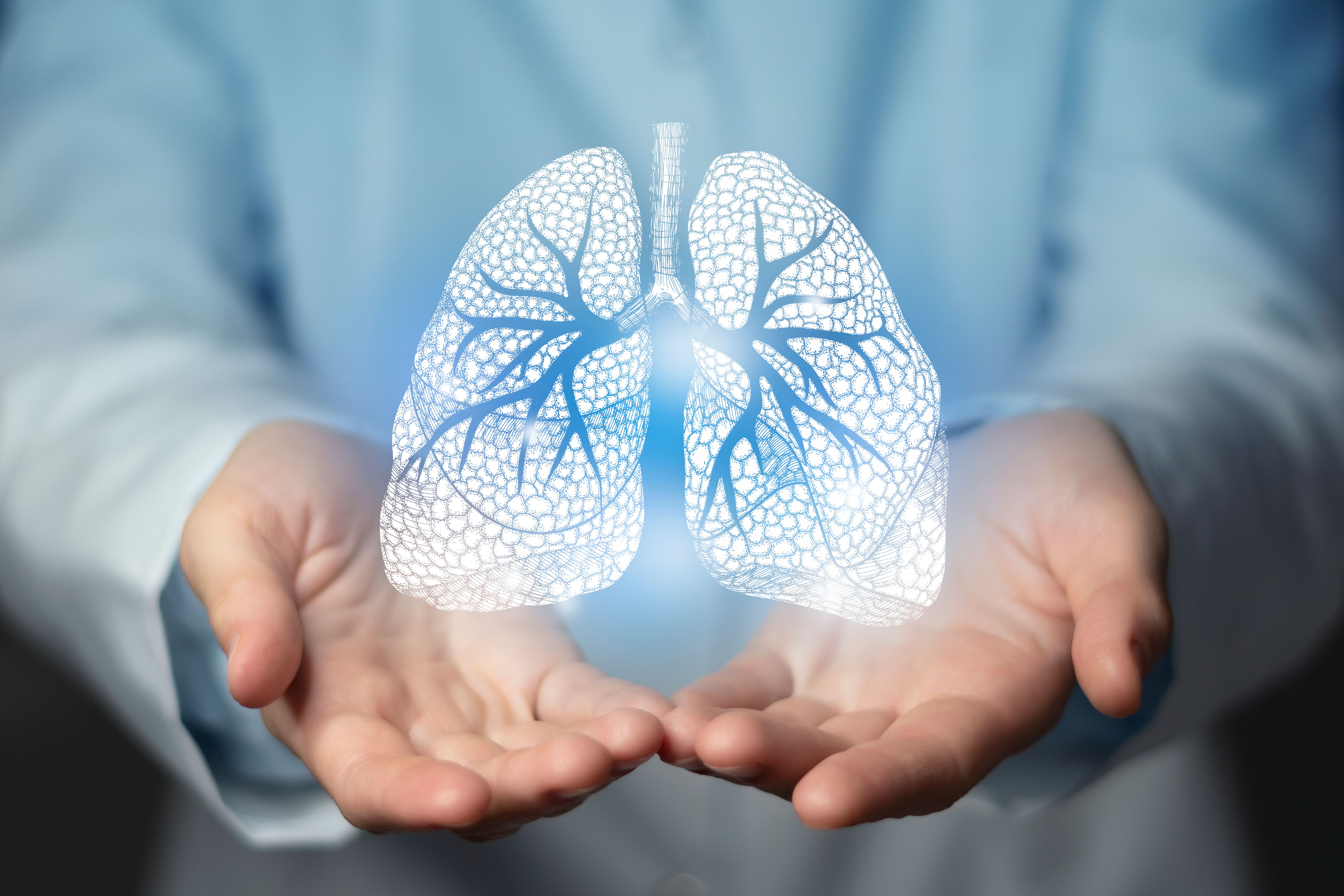Article
Budesonide/Formoterol Combination Shows Promise in Young Asthma Patients
Author(s):
Budesonide/formoterol resulted in a statistically significantly greater improvement than budesonide alone in asthma patients age 12 and under.
A recently published phase 3 clinical trial provided the data to support the FDA approval in January of the inhaled combination of budesonide and formoterol (Symbicort, AstraZeneca) to treat asthma in children aged 6 to under 12 years.
The Childhood Asthma Safety and Efficacy (CHASE) 3 trial findings supported the application to add children to the previous approval of the product for patients 12 years of age or older. The study follows the CHASE 1 and CHASE 2 trials which determined the optimal dosing of the respective single ingredients in the younger age group.
“The present study is the last of 3 clinical trials designed in conjunction with the FDA constituting the CHASE pediatric asthma program,” explained lead author David Pearlman, MD, of the Colorado Allergy & Asthma Centers, Denver (pictured), and colleagues.
In addition to approving the product for use in younger patients, the FDA recognized the conducting of trials in this age group, and in January granted the manufacturer a 6-month extension of brand product exclusivity against generic versions. The Pediatric Exclusivity patent extension is provided under Section 505A of the Federal Food, Drug and Cosmetic Act, enacted to encourage clinical research that informs the use of medications for pediatric patients.
The CHASE 3 double-blinded, parallel-group trial randomized 279 patients to receive 12 weeks of treatment with either budesonide/formoterol 80/4.5 mcg or 160/45 mcg, or budesonide 80 mcg in 2 oral inhalations twice daily. Patients could also use albuterol as needed, and for exercise-induced requirement.
The patients were 6 to under 12 years of age, with a mean of 9 years. Each had symptoms that had not been adequately controlled with a medium dose inhaled corticosteriod (ICS) or a fixed-dose ICS/long-acting beta2 agonist (LABA). The latter were switched to a comparable dose of ICS without LABA for at least 48 hours before beginning study treatment.
The primary efficacy variable was change from baseline pre-dose forced expiratory volume in 1 second (FEV1). Secondary efficacy measures included other lung function parameters as well as scoring on the Pediatric Asthma Qualify of Life Questionnaire with Standardized Activities (PAQLQ[S]), electronic diary variables, time to discontinuation of the study drug, and time to occurrence of first asthma exacerbation.
Treatment safety was evaluated through treatment-emergent adverse events (AEs), serious AEs, and discontinuation because of AEs. In addition, the clinic visits at weeks 2, 4, 8, and 12 included physical examination with vital signs and electrocardiogram. Laboratory blood analyses were obtained at the beginning and end, or on withdrawal from the study.
The investigators reported that the higher, but not the lower, dose of budesonide/formoterol resulted in a statistically significantly greater improvement than budesonide alone from baseline predose FEV1 to the 1-hour postdose FEV1 at 12 weeks. The incidents of asthma exacerbations and improvements in asthma symptom-related and quality of life outcomes were similar across groups, as were measures of safety.
Pearlman and colleagues concluded, “findings from CHASE 3 study, together with those from previous studies of budesonide/formoterol pMDI (pressurized metered-dose inhaler) in children with asthma, support the appropriateness of adding LABA therapy in children 6 to younger than 12 years with asthma who are symptomatic on ICS alone."
The CHASE 3 study, “Efficacy and Safety of Budesonide/Formoterol pMDI vs Budesonide pMDI in Asthmatic Children (6 - <12 years)” was published in the April issue of Annals of Allergy, Asthma & Immunology.






